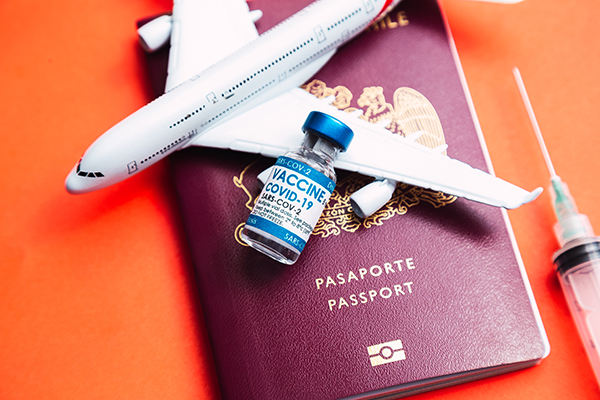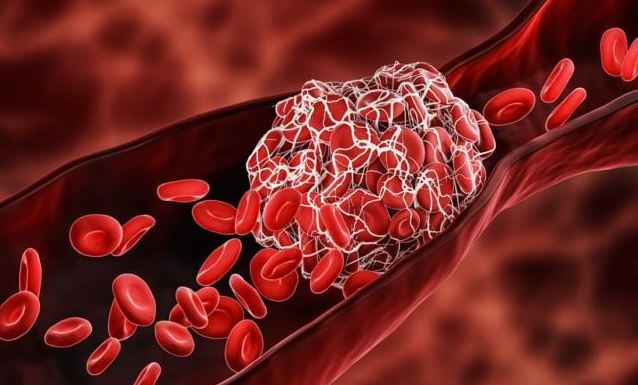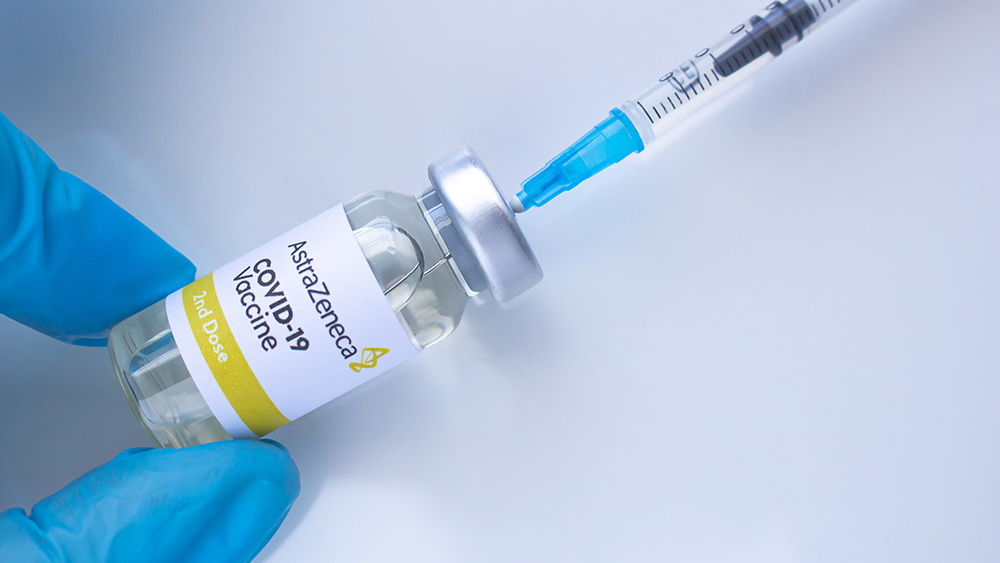
Any reforms that Trump will enact seriously could not come soon enough. And with it, here’s hoping that those reforms also extend to the federal agency that ostensibly oversees Big Pharma: The Food and Drug Administration.
As reported by the trademarked Pharma Marketing Blog, some 128,000 hospitalized patients die every year from ADRs—Adverse Drug Reactions—and Adverse Events. That matches stroke as the fourth leading cause of hospital deaths, as noted here. Death from health supplements, which the FDA refuses to back despite scores of clinical studies demonstrating their benefits, don’t kill anyone.
Deaths and serious reactions outside of hospitals due to Big Pharma ADRs dramatically increases the overall death rates. And that also doesn’t include deaths and hospitalizations from overdosing patients, medication errors, and recreational drug use [RELATED: Check out the latest figures at PharmaDeathClock.com].
All of this is made clear via the hundreds of thousands of drug “Adverse Event Reports” (AERs) that the FDA receives each and every year coming directly from healthcare providers including physicians, pharmacists, nurse practitioners, physician assistants, nursing staff and others. Also, consumers and drug companies also send AERs to the FDA, the latter being a required reporter of adverse effects.
A chart posted on Pharma Marketing Blog shows a sharp upward trend in AER reporting to the FDA between 2003 and 2014, rising from about 200,000 per year to 1.2 million, from all sources. A separate chart shows a general upward reporting trend from consumers over the same period. The site noted further:
I have analyzed data from 2003 through 2014 to look at the number of AERs submitted by HCPs versus consumers, the number of serious adverse events versus the number of adverse events involving death, and the correlation between serious AEs and user fees paid to the FDA by drug companies. I see some interesting trends in the data.
For one, the FDA is not only receiving more AERs each year, but the number of serious adverse events involving a death is also rising, and rather dramatically. A chart showing the number of deaths during the aforementioned period rose from fewer than 40,000 per year to more than 120,000.
The blog reported that the Harvard University Edmond J. Safra Center for Ethics notes that a soon-to-be published piece in the Journal of Law, Medicine and Ethics will present “systematic, quantitative evidence that since the industry started making large contributions to the FDA for reviewing its drugs, as it makes large contributions to congressmen who have promoted this substitution for publicly funded regulation, the FDA has sped up the review process” with, as documented, potentially deadly results. Drugs being approved “are significantly more likely to cause serious harm, hospitalizations and deaths,” the article will note. And it also claims that new FDA policies based on the current situation are “likely to increase the epidemic of harms” [Related: Keep up with all the latest regulatory developments at FDA.news].
What is occurring is predictable: It’s essentially Big Pharma paying off Congress and the medical bureaucracy to approve drugs that have not yet been adequately analyzed during clinical, but which, of course, stand to earn the drug maker substantial profits.
Indeed, it’s been a well-studied topic, the Big Pharma death toll. In April 2015 we reported that more teenagers die from prescription Big Pharma drugs than from drugs the government has made illegal.
That was the conclusion of a study published in the Journal of Public Policy and Marketing, which found there were fewer deaths from heroin and cocaine combined than deaths from Big Pharma.
Prescription drugs were found to have a disproportionately large effect on teenagers; the Centers for Disease Control and Prevention has even called it an “epidemic.”
J.D. Heyes is a senior writer for Natural News and News Target, as well as editor of The National Sentinel.
Sources:
Please contact us for more information.























